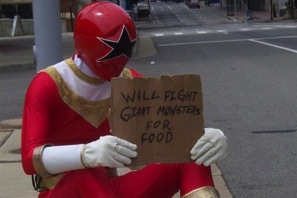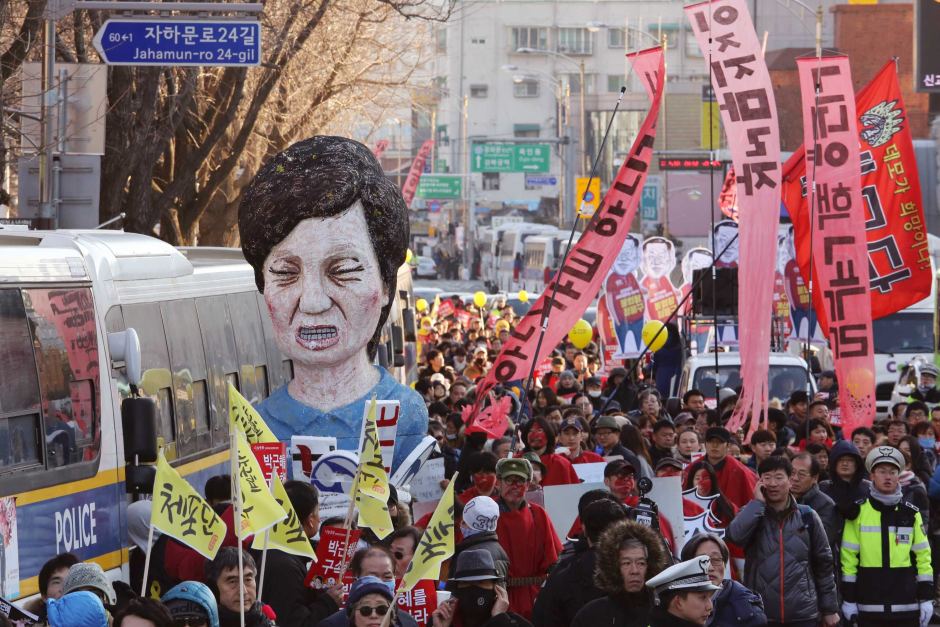By: Megan White
When Superman first flew into the cultural scene in 1938, he found himself in a world that desperately needed a hero. The global depression that had been gnawing at peoples’ morale for the past ten years had taken a turn for the worse. Unemployment in the United States had jumped to 19 percent, manufacturing output had sharply declined, and there was no end in sight. In a time when many Americans did not know how to save themselves, they could rely on Clark Kent, a seemingly ordinary man, to don his red cape and fight the crooked businessmen and politicians.
By the time the United States had entered World War II, the country had also entered the “Golden Age of Comics.” Superman had inspired the birth of a new genre of superhero, a genre that included familiar faces such as Batman, Captain America, Robin, The Flash, The Green Lantern, and Wonder Woman. When times looked their bleakest, ten cents was all it took to enter an animated world where the good guys always won and where justice was always served.
Over the next 60 years, the heroes of the comics took more of a backseat role in American life, stepping briefly into the spotlight in the 1960s and 80s with the advent of superhero television series and films. Despite these short-lived revivals, America’s sleek-suited saviors never quite managed to regain the popularity of their Golden Age. Not until today.
In 2002, Sam Raimi’s Spider-Man smashed into the box office, bringing in a total of $821,708,551 and becoming the highest-grossing superhero film of all time. Suddenly, the comic book industry had been thrust back into the spotlight, and America was crying for its heroes. The next ten years saw a flurry of superhero films, from Iron Man (2008) to Captain America (2011) to The Amazing Spiderman (2012), the beginning of yet another Spider-Man franchise. Several of these films set box office records: The Avengers (2012) is currently the third highest-grossing film of all time, with The Dark Knight (2005) and The Dark Knight Rises (2012) following in 12th and 15th place, respectively. The next two years are slated to see the release of at least 17 more superhero movies, including Man of Steel (Superman), Iron Man 3, and Captain America: The Winter Soldier.
Forget the Golden Age; when it comes to superheroes, America has perhaps reached the Krypton Age.
Why have recent years seen the rise and revival of so many comic book franchises? Perhaps the answer reflects the arrival of Superman in the midst of the Great Depression: the world needs a hero. Unlike the heroes of the 1930s and 40s, however, today’s characters more closely resemble average human beings, which is possibly the world’s way of saying that its hero doesn’t have to be perfect – he or she just needs to speak up.
The past decade has seen costly, drawn-out wars, a wheezing economy, and a steady stream of partisan spats. For $12, moviegoers can watch people with real human emotions and a few unnatural perks conquer their flaws, band together, and put evil in its place. Unlike 24-hour news reports, a superhero film has a happy ending.
The new age of heroes has brought with it a new age of villains, and whom a culture chooses as its bad guys is just as telling as whom it chooses as its good guys. Throughout the Cold War years, the go-to villain archetype spoke with a thick Russian accent. From Rocky IV’s Captain Ivan Drago (1985) to The Rocky and Bullwinkle Show’s Boris and Natasha (1959-1964), writers worked to appease a culturally instilled fear of Soviets. The past decade has seen the rise of the terrorist and evil bank executive variety of villain, all in response to the changing times. Even The Muppets (2011) took a shot at big oil companies.
In an America that is very clearly divided, lawmakers need look no further than the box office to identify what people need, value, and fear. With the upcoming election, people are voting for much more than the next President; they are voting for the next heroes and the next villains. Will America get the hero it deserves, or the one it needs right now?

